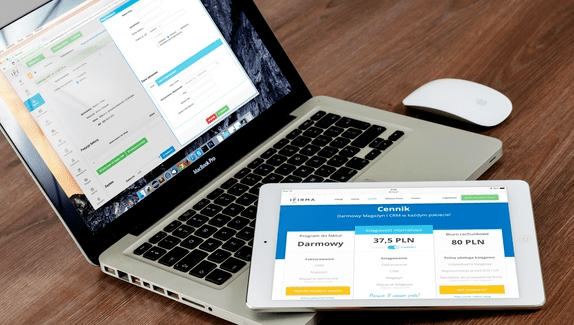Process Consulting
Scaled Agile Transformation - FinTech

An international fin tech startup had engaged Miros Tech to help with an agile transformation for its software delivery approach.
Scaled Agile Transformation
-
- 100+ people across product and technology impacted by the change
- Multiple products supported, with the main focus on a digital banking alternative for under-served markets
- Multiple offices and locations across the US, Europe, and Asia
- An aspiration to become one of the leading innovative financial technology company in a highly regulated industry
Transformation Drivers
MirosTech worked with the client to initiate an end-to-end agile transformation, changing its cultural DNA and delivery capabilities
Drivers |
Supported by Agile |
| Get features out to market faster | Increased speed to market through a two-week release engine Ability to design, develop, and test iteratively throughout the process |
| Support decoupled component releases | Product-based agile teams that can innovate and deploy their products independently across the platform Feature toggling to reduce technical debt around code branches |
| Decrease hand-offs and coordination | Agile teams that think, act, and deliver as a single, fully integrated product and technology unit |
| Improve quality of code base and platform | Product model to drive code ownership and service-based thinking to improve quality Testing at every step of the process to encourage quality through increased accountability |
| Enhance reusability and integrity of components | A unified architectural vision to drive component integrity and reuse of common components |
Overview
The result was a broad-based transformation across the enterprise
New end-to-end agile method
-
-
- Intake, program, product, software, and release processes were all made agile
- Releases became “nonevents” occurring every two weeks
-
New platform componentization based on SOA
-
-
- Platform was refactored into a discrete set of platform services and applications
- Supported teams to focus on product stewardship and technical debt reduction to drive quality improvements
-
New organizational and team structure
-
-
- Product and technology were reorganized into 35+ cross-functional scrum teams
- Each scrum team has ownership of a platform service/application and is responsible for a set of platform key performance indicators
-
New agile management and automation tools
-
-
- New tools setup for managing programs and product backlogs
- New tools setup for automating continuous integration and deployment
-
Challenges & Solutions
Miros Tech delivered effective solutions to overcome common challenges tied to scaling agile
Large programs |
Prioritization |
E2E experience |
Risk and compliance |
Engineering |
|
|
|
|
|
Value Delivered
Within 3 months, the business results were already apparent:
120% Increase in output. Team output increased by from the start of the transformation
50 Reduced cycle time. Teams are producing and releasing ~50 user stories every two weeks
88% Reduced defects. Improved quality with no cost to performance, reducing production defects by 88%
3 hrs Shortened testing time. Platform-level testing went from seven days to under three hours with automated testing
80th High predictability. Scored in the 80th percentile for predictability according to an industry standard survey
7 Greater coordination. Established agile as the new norm, with more than 7 stand-ups run in parallel each day
4 Faster time to value. Delivered 4 versus 2 releases and 3 versus 1 major initiatives from the previous year


